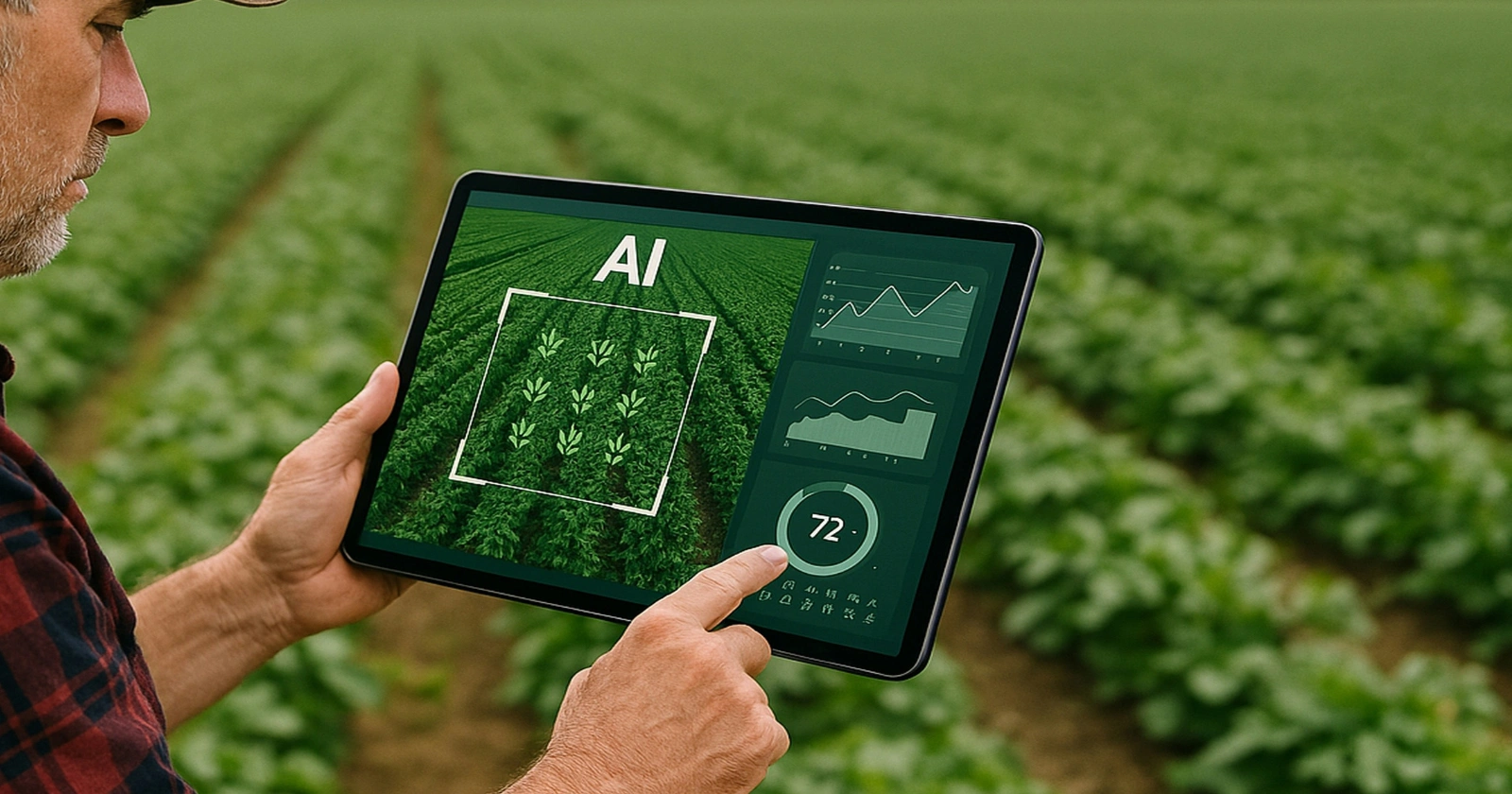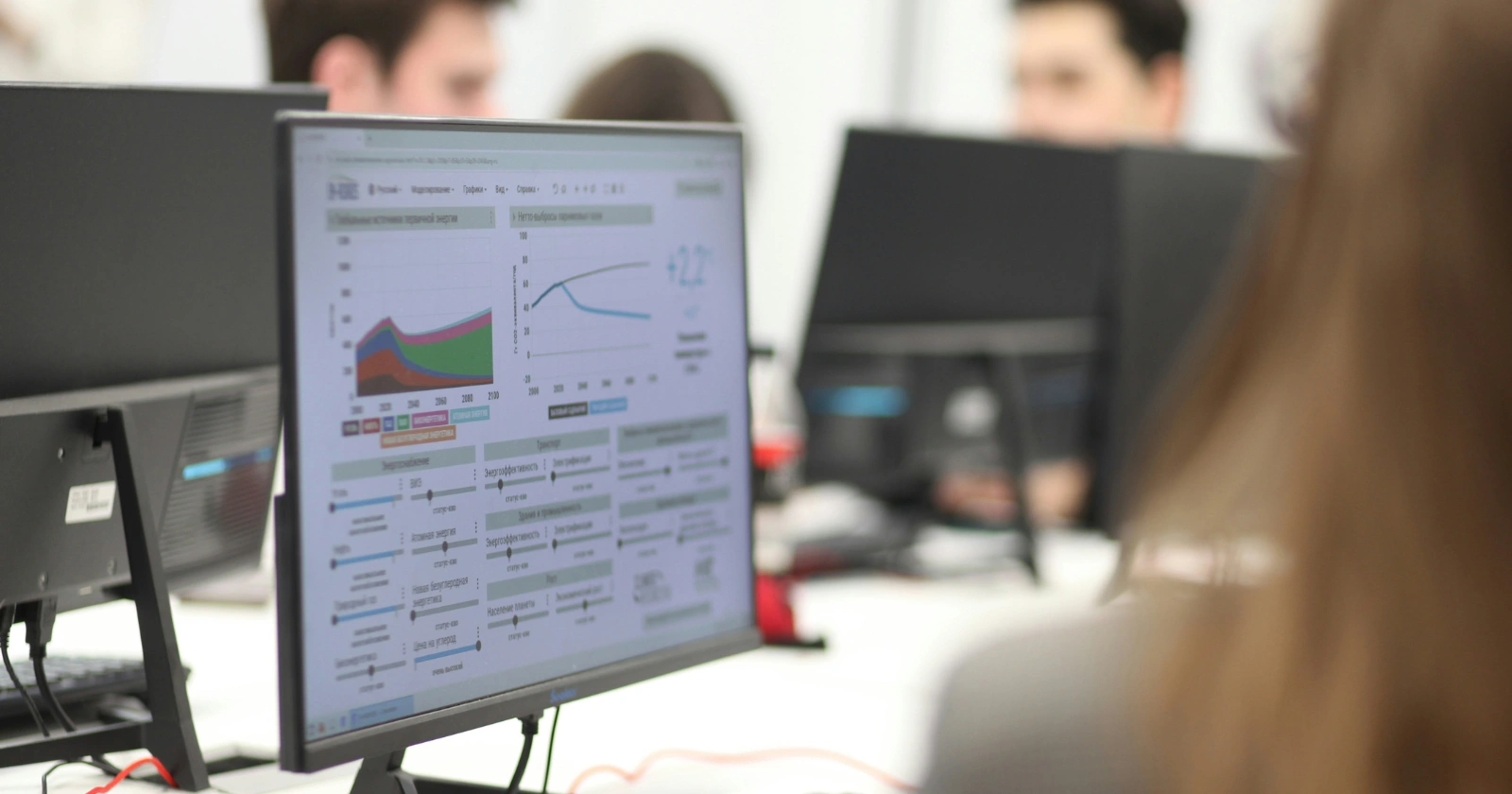Agriculture stands at a pivotal crossroads in 2025, where traditional methods meet advanced technologies to address pressing global challenges. Climate change, water scarcity, and rising food demands push farmers toward innovative solutions that ensure sustainability and efficiency. Artificial intelligence emerges as a game-changer, integrating data-driven insights to redefine how crops grow and livestock thrive. From arid deserts in the Gulf to fertile plains worldwide, AI applications foster resilience in food systems, drawing on real-time analytics to minimize waste and maximize output.
Recent advancements highlight AI’s role in precision farming, where satellite imagery and sensors provide granular details on soil health and crop conditions. Organizations like the World Economic Forum report that AI in agriculture could grow from $1.7 billion in 2023 to $4.7 billion by 2028, underscoring its economic impact. This growth aligns with national strategies, such as Saudi Arabia’s Vision 2030, which emphasizes agritech to achieve self-sufficiency. Platforms like X.com feature discussions from experts, including investments by SoftBank in agritech startups like Apollo Agriculture, which leverages AI for productivity in Africa.
Beyond economics, AI addresses environmental concerns by optimizing resource use. Studies from the Food and Agriculture Organization of the United Nations emphasize how digital tools combat food insecurity, with AI enabling year-round production in controlled environments. As global populations swell, these technologies promise a more secure food future, blending human expertise with machine intelligence to cultivate abundance amid scarcity.
Precision Agriculture Leads the Charge
Precision agriculture represents a cornerstone of AI integration in farming, tailoring practices to specific field areas for optimal results. By analyzing data from satellites, drones, and ground sensors, AI algorithms deliver targeted recommendations on water, fertilizer, and pesticide applications. This approach minimizes overuse, which traditionally leads to environmental degradation and higher costs.
Farmers benefit from enhanced productivity, with reports from Syngenta Group indicating that AI-driven monitoring systems combine satellite imagery and soil maps to boost sustainable practices. For instance, in regions like the UAE, where water is scarce, precision tools reduce irrigation needs by up to 30 percent, as noted in Strategy& analyses. Key findings from 2025 trends show AI increasing crop yields by 10 to 15 percent through data-informed decisions.
Transitioning smoothly, this precision extends to variable rate technology, where machinery adjusts inputs in real time. Such innovations not only conserve resources but also support biodiversity by reducing chemical runoff into ecosystems.
Crop Health Monitoring Evolves with AI
Early detection of issues forms the backbone of effective crop management, and AI excels in this domain through computer vision and image recognition. Drones equipped with AI scan fields to identify diseases, pests, and nutrient deficiencies before they escalate, allowing timely interventions that preserve harvests.
Insights from Omdena highlight how AI achieves accuracy rates over 90 percent in crop yield predictions, revolutionizing monitoring in 2025. In practice, farmers use smartphone apps powered by AI to analyze plant images, cutting chemical usage by focusing treatments precisely. This method aligns with global sustainability goals, as per the Council for Agricultural Science and Technology, which notes AI’s potential in decision-support tools.
Building on this, AI integrates with historical data to predict outbreaks, fostering proactive strategies that safeguard food supplies worldwide.
Automated Equipment Redefines Farm Labor
Automation through AI-driven robots and drones streamlines labor-intensive tasks like planting, weeding, and harvesting. These machines navigate fields autonomously, using GPS and sensors for precision that surpasses human capabilities in vast or remote areas.
The Farm Progress reports from 2025 underscore robotics’ role in overcoming industry hurdles, with AI enabling real-time decision-making. Benefits include reduced labor costs and improved safety, particularly in harsh environments like desert farms. McKinsey insights reveal that AI in agriculture cuts input costs while improving yields, marking a shift toward efficient operations.
This automation naturally leads to broader applications, such as integrating with supply chains for seamless logistics.
Smart Irrigation Systems Conserve Vital Resources
Water management remains critical in agriculture, and AI-powered irrigation systems adjust schedules based on soil moisture, weather forecasts, and crop needs. By processing real-time data, these systems prevent overwatering and drought stress, conserving a precious resource.
TechnoDe Global articles from 2025 detail how AI combines soil data with predictions to optimize irrigation, potentially saving up to 60 percent of water in arid zones. This efficiency supports sustainable farming, as evidenced by USDA strategies that incorporate AI for precision agriculture.
Extending this, smart systems contribute to overall farm resilience, paving the way for predictive tools that anticipate environmental changes.
Predictive Analytics Forecasts Future Success
AI’s ability to forecast weather, yields, and market trends empowers farmers with foresight for better planning. Machine learning models sift through vast datasets to predict outcomes, reducing risks from unpredictable elements.
Key facts from StartUs Insights indicate AI promotes sustainability by curbing chemical overuse, with market projections soaring. In 2025, tools like those from ICL Group use AI for weather pattern analysis, enhancing profitability.
This predictive power transitions into soil management, where data insights inform long-term health strategies.
Enhanced Soil Management Builds Foundations
Soil analysis via AI evaluates fertility and recommends treatments, optimizing land use for diverse crops. Sensors and satellite data feed into algorithms that suggest amendments, boosting productivity without depletion.
CropLife reports highlight generative AI’s emerging role in agriculture, expected to surge in 2025. Benefits include tailored fertilization, reducing environmental impact as per Clemson University studies on IoT and AI integration.
From soil to livestock, AI’s applications ensure comprehensive farm health.
Livestock Monitoring Improves Animal Welfare
AI sensors track animal behavior, health, and productivity, using facial recognition for individual monitoring. This technology detects illnesses early, optimizing care and feed efficiency.
Cloud Security Alliance blogs from 2025 note AI’s contributions to healthier livestock and better yields. Sustainable practices emerge, with reduced antibiotic use through precise health insights.
This focus on animals complements crop strategies, leading to integrated farm ecosystems.
Supply Chain Optimization Streamlines Operations
AI analyzes trends to automate inventory and logistics, minimizing waste from farm to table. Better tracking ensures freshness and reduces losses, enhancing profits.
Forbes discussions on X.com emphasize AI’s synergy with blockchain for transparent chains. In 2025, this optimization supports global trade, as per World FIRA events.
Targeted control follows, addressing specific threats efficiently.
Weed and Pest Control Targets Threats Precisely
Robots with AI vision identify and eliminate weeds or pests selectively, cutting broad chemical applications. This promotes eco-friendly farming while maintaining yields.
Omdena lists SMEs leading AI-driven solutions for sustainability in 2025. Reduced reliance on chemicals aligns with regenerative agriculture trends from the World Economic Forum.
Finally, controlled environments enable consistent production.
Controlled Environment Farming Ensures Year-Round Output
In vertical and indoor setups, AI manages light, temperature, and nutrients for maximal efficiency. This method thrives in urban or harsh climates, using minimal resources.
Kansas State University conferences in 2025 explore AI in controlled farming, highlighting drones and irrigation. Benefits include resource savings and food security, as AI fine-tunes microclimates.
Key Facts and Findings in AI-Driven Agriculture
Artificial intelligence continues to yield impressive results across farming sectors. Projections from the World Economic Forum indicate digital agriculture could add $500 billion to global GDP by 2030. In precision farming, AI reduces water usage by 30 to 60 percent, according to Strategy& partners. Crop yield predictions reach over 90 percent accuracy with AI models, per Omdena reports. Livestock monitoring cuts disease-related losses by early detection, improving welfare. Supply chain AI minimizes food waste by 20 percent through optimized logistics. Generative AI, as discussed in CropLife, emerges as a 2025 trend for innovative problem-solving. Drones and robots lower labor costs by up to 40 percent in remote areas. Soil analysis tools enhance fertility management, supporting biodiversity. Pest control via AI reduces chemical applications by 50 percent, fostering sustainability. Vertical farming with AI enables 99 percent water recycling in controlled environments.
| Aspect | Traditional Farming | AI-Enhanced Farming |
|---|---|---|
| Resource Use | High waste in water and fertilizers | Optimized, reduces usage by 30-60% |
| Crop Monitoring | Manual inspections, reactive | Real-time AI detection, proactive |
| Labor Efficiency | Labor-intensive, higher costs | Automated robots, cuts costs by 40% |
| Yield Prediction | Based on experience, less accurate | Over 90% accuracy with data models |
| Environmental Impact | Higher chemical runoff | Reduced chemicals, sustainable |
| Supply Chain | Prone to waste and delays | Optimized logistics, 20% less waste |
| Livestock Health | Periodic checks, delayed responses | Continuous monitoring, early alerts |
| Irrigation | Fixed schedules, inefficient | Smart adjustments, conserves water |
| Pest Control | Broad applications | Targeted, 50% less chemicals |
| Production Consistency | Seasonal, weather-dependent | Year-round in controlled setups |
A Sustainable Path Forward for Global Agriculture
As agriculture navigates the complexities of 2025 and beyond, artificial intelligence stands as a beacon of innovation, bridging gaps between tradition and modernity. From precision tools that conserve resources to predictive models that avert crises, AI fosters a resilient food ecosystem capable of feeding billions. Global initiatives, such as those from the USDA’s AI strategy for 2025-2026, emphasize biotechnology and autonomous machines to maintain high-quality production. Discussions on platforms like LinkedIn and X.com, including Forbes articles on AI with drones and blockchain, reveal a collaborative push toward transparency and efficiency.
Challenges persist, yet AI’s adaptability offers solutions, such as in regenerative practices that restore soil health and combat climate impacts. Farmers worldwide, from Punjab’s educational integrations to African startups, harness these technologies for economic empowerment. The integration of AI not only boosts yields but also promotes ethical farming, ensuring animal welfare and environmental stewardship. Looking ahead, continued advancements promise even greater strides, with generative AI shaping customized strategies for diverse regions.
Ultimately, the fusion of human ingenuity and machine intelligence paves the way for a nourished planet. By embracing these tools, agriculture evolves into a sustainable force, securing food for generations while respecting natural limits. This transformation underscores a commitment to progress, where every field sown with AI yields hope for a bountiful future.
Frequently Asked Questions
- What defines precision agriculture? Precision agriculture involves using data from sensors and satellites to apply resources like water and fertilizers exactly where needed, improving efficiency.
- How does AI detect crop diseases? AI employs image recognition from drones or apps to spot early signs of diseases or pests, enabling quick responses to prevent widespread damage.
- Can AI reduce water usage in farming? Yes, smart irrigation systems analyze soil and weather data to adjust watering, potentially cutting usage by 30 to 60 percent in various regions.
- What role do drones play in AI farming? Drones monitor large areas, providing real-time insights on crop health and soil conditions, reducing the need for manual checks.
- How does predictive analytics benefit farmers? It forecasts yields, weather, and market prices using historical data, aiding in risk management and informed decision-making.
- Is AI useful for livestock management? AI tracks health and behavior through sensors, detecting issues early to enhance welfare and productivity.
- What advantages come from automated farm equipment? Autonomous tractors and robots handle tasks precisely, lowering labor costs and increasing operational speed.
- How does AI optimize supply chains in agriculture? By analyzing trends, AI improves inventory tracking and logistics, reducing waste and ensuring timely deliveries.
- Can AI support sustainable pest control? AI-powered robots target specific weeds and pests, minimizing chemical use and promoting eco-friendly practices.
- What future trends involve AI in controlled farming? In vertical farms, AI manages environments for year-round production, with generative AI emerging for advanced customization in 2025.



